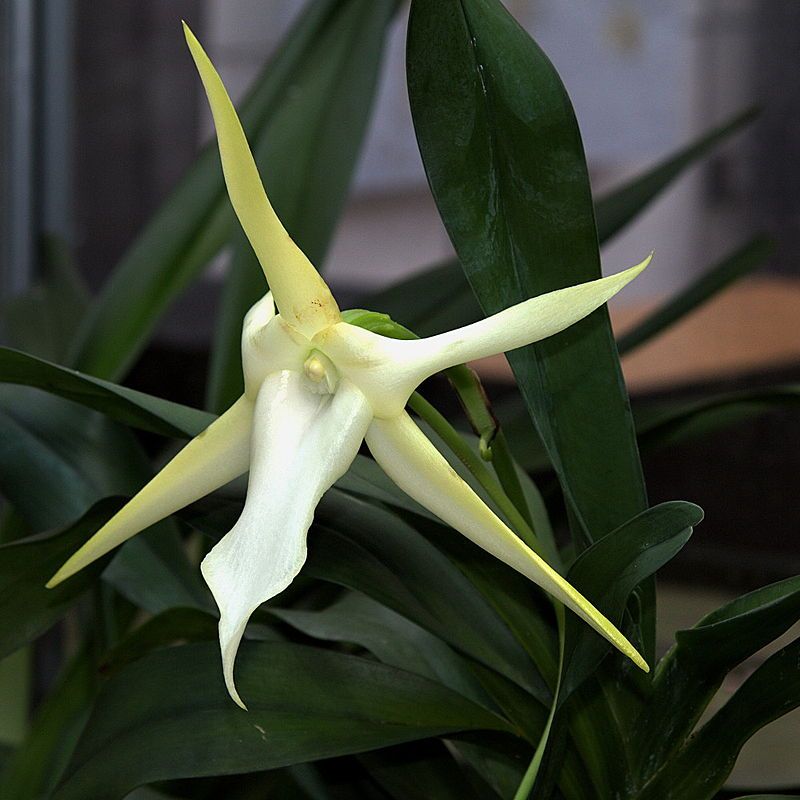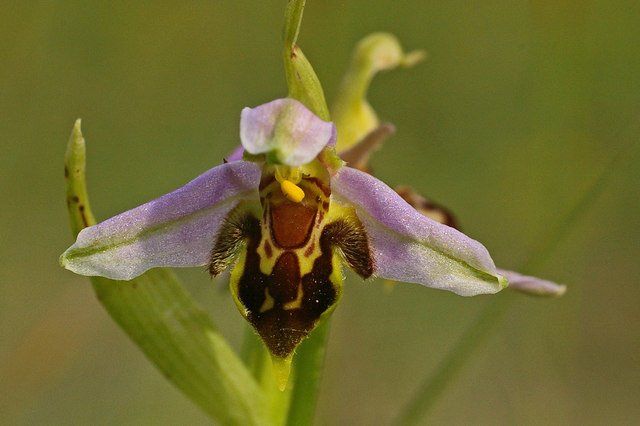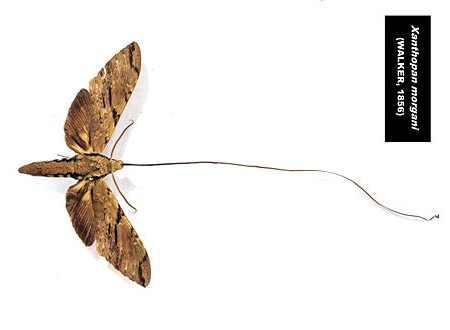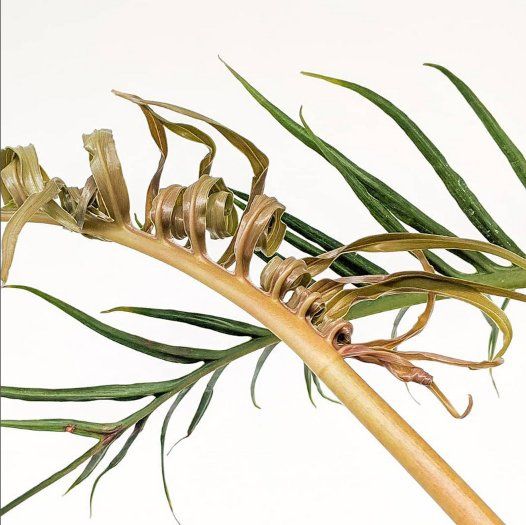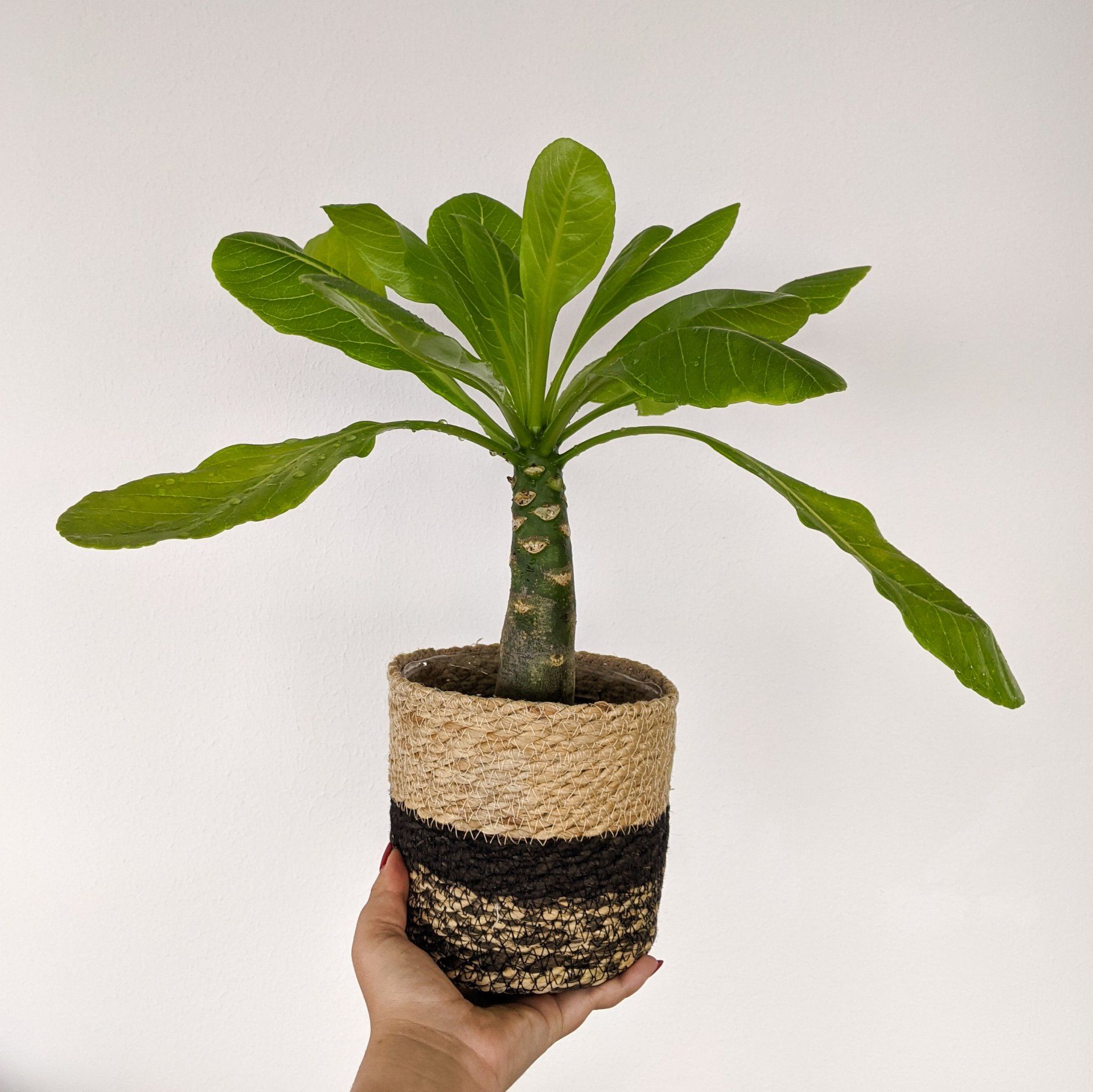555-555-5555
mijnmail@mailservice.com
555-555-5555
mijnmail@mailservice.com
Moth or not?
December 26, 2019
Don’t overthink: the simple solution is often the right one
Charles Darwin was quite popular: he even got flowers! From a botanist, that is. For research. But still! He got flowers from the Comet orchid or Angraecum sesquipedale
native to Madagascar. He didn't put them in a vase or dried them to accessorize. He cut them open and examined them. And What He Discovered Shocked The World!!1! ; -)

Botanist James Bateman send Darwin flowers.
From Darwns book "On the various contrivances by which British and foreign orchids are fertilised by insects"
From Darwns book "On the various contrivances by which British and foreign orchids are fertilised by insects"
Orchids
Before we continue with this Shocking Revelation, it's good to know orchids often get pollinated by insects. Not just bees, but moths as well, which lick the nectar with their tongue and simultaniously transfer pollen.
Bee orchid. Ironically, this orchid isn't pollinated by bees.
A weird moth? Of God?
When Darwin inspected the flowers, he found out the nectar of this flower was about 30cm (11inch) deep into the flower!! So Darwin drew a simple solution: somewhere on that island was a moth with a 30 cm long tongue.
Excuse me? Can you imagine? A little moth with a tongue 10 times its size? Or some giant moth flying around?? Darwin got laughed at. This just wasn't possible. It had to be something else, but what?
Darwin knew what people thought of his idea.
From Darwns book "On the various contrivances by which British and foreign orchids are fertilised by insects"
From Darwns book "On the various contrivances by which British and foreign orchids are fertilised by insects"
When people don't understand things (yet), some people attribute this to divine intervention. The duke of Argyll concluded that in his book 'The reign of law'. However, despite this book, more than enough botanists supported Darwins hypothesis. Hard evidence was still not found though.
Finally
Unfortunately, Darwin died before evidence was discovered: only in 1903, a moth was discovered in Madagascar, having a tongue of about 30cm. They called it Xanthopan morganii praedicta: 'preadicta' (meaning 'predicted') referred to Darwin who predicted its existance.
So: no matter how funny or ridiculous it may have sound, Darwin was right! After the discovery of the moth, it still took a long time before the pollination was captured on tape. Below you see the moth in action!
To conclude: why so tall?
What's the use of such a long tongue? Or hiding your nectar so deep? Darwins theory (and still a lot of biologists stick to this) is kind of a vicious circle: the orchid is best pollinated if the moth has to make an effort to go deep: only then, contact between moth and pollen is sufficient. So when the moth evolved a longer tongue to make things easier, the orchid reacted with deeper nectar... et cetera!
A different hypothesis is moths should have a longer tongue, because flying too close to the flower brings a risk of attack from jumping spiders.
There might be more theories; I did not do an extensice literature search on this specific subject. And disclaimerL the forementioned hypothesis are obviously more complex than my description above. Please check the references if you're interested in the scientific articles (last 2 citations).
- Reference list
- C. Darwin (1862) On the various contrivances by which British and foreign orchids are fertilised by insects (accessed Dec 2019) https://tinyurl.com/w6ugy4t
- E. Serrelli, N. Gontier Macroevolution: Explanation, Interpretation and Evidence Springer 2015 ISBN: 978-3-319-15044-4 / e: 978-3-319-15045-1 (accessed Dec 2019) https://doi-org.ru.idm.oclc.org/10.1007/978-3-319-15045-1
- L. W. Rothschild, K. Jordan (1903) A revision of the lepidopterous family Sphingidae 9. Novitates zoologicae p. XXII
- L.Anders Nilsson (August 1992) Orchid pollination biology Trends in Ecology & Evolution 7, (8), p255-259 (accessed Dec 2019) https://doi.org/10.1016/0169-5347(92)90170-G
- LT Wasserthal (1997) The pollinators of the Malagasy star orchids Angraecum sesquipedale, A-sororium and A-compactum and the evolution of extremely long spurs by pollinator shift Botanica Acta 110 (5) p343-359
- Photos: Wikimedia Commons
Did you like this article? Head over to Wonderful weird plants
for more!

By Marieke
•
August 1, 2022
What does it mean if you receive a cactus as a gift? It's probably your birthday or a houswarming gift. After all, a stylish cactus is a hip accessory in a modern living room. However, it was not a suitable gift in the past: it was said that if you gifted someone a cactus, you would secretly experience the recipient as 'prickly' and unpleasant. Or maybe you underestimate the recipient's green thumb? Since a cactus just stand there, on your windowsill, whatever you do or don't do for it. But is that really the case? Let's take a closer look at these spiky statues.
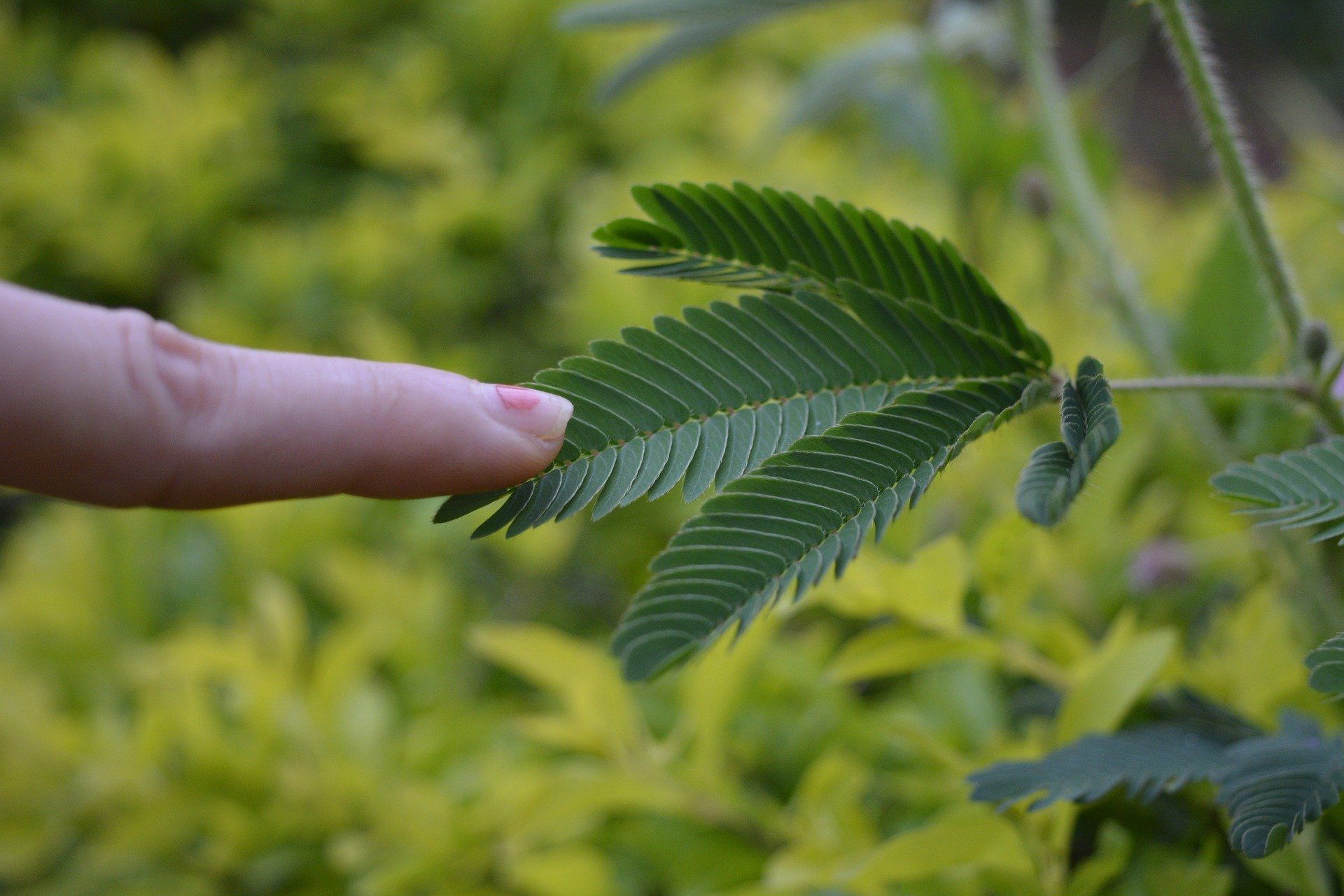
By Marieke
•
March 15, 2022
In the 17th century, something remarkable happens: botanist Rumphius places a plant between the animal kingdom and the plant kingdom. Why? Because it moved when touched. At the time, such sensitivity was only ascribed to organisms in the animal kingdom. But this was a plant!

By Marieke
•
December 19, 2021
Confession: until recently, no orchid was allowed in my house anymore… Years ago I had 2 Butterfly orchids and planned to take better care of them, hoping to get more flowers. I did everything to make them feel good! Until one day in the summer I didn't pay attention and the poor plants burned to death on my south-facing roof terrace… Together with my good intentions I threw the plants away. No more orchids for me!

By Marieke
•
November 6, 2021
I wrote about a fast-moving plant before, in my article on carnivorous plants : the Venus Flytrap. The dancing plant is also a fast-moving plant, albeit not as fast as the flytrap. Yet it can be seen with the naked eye! I sowed some of these plants and made some timelapses, see the video below.

By Marieke
•
November 6, 2021
A succulent plant with partly transparent leaves! I got it from Rogier after our first meeting, about two years ago. This little Haworthia cooperi was a 'pup', a little one that had started growing on the mother plant. This mother plant was collected by an acquaintance of Rogier (with permission) in the Bolo Nature Reserve in South Africa. My love for weirdos in the plant world immediately bubbled up. And there is much more to discover about succulents!



